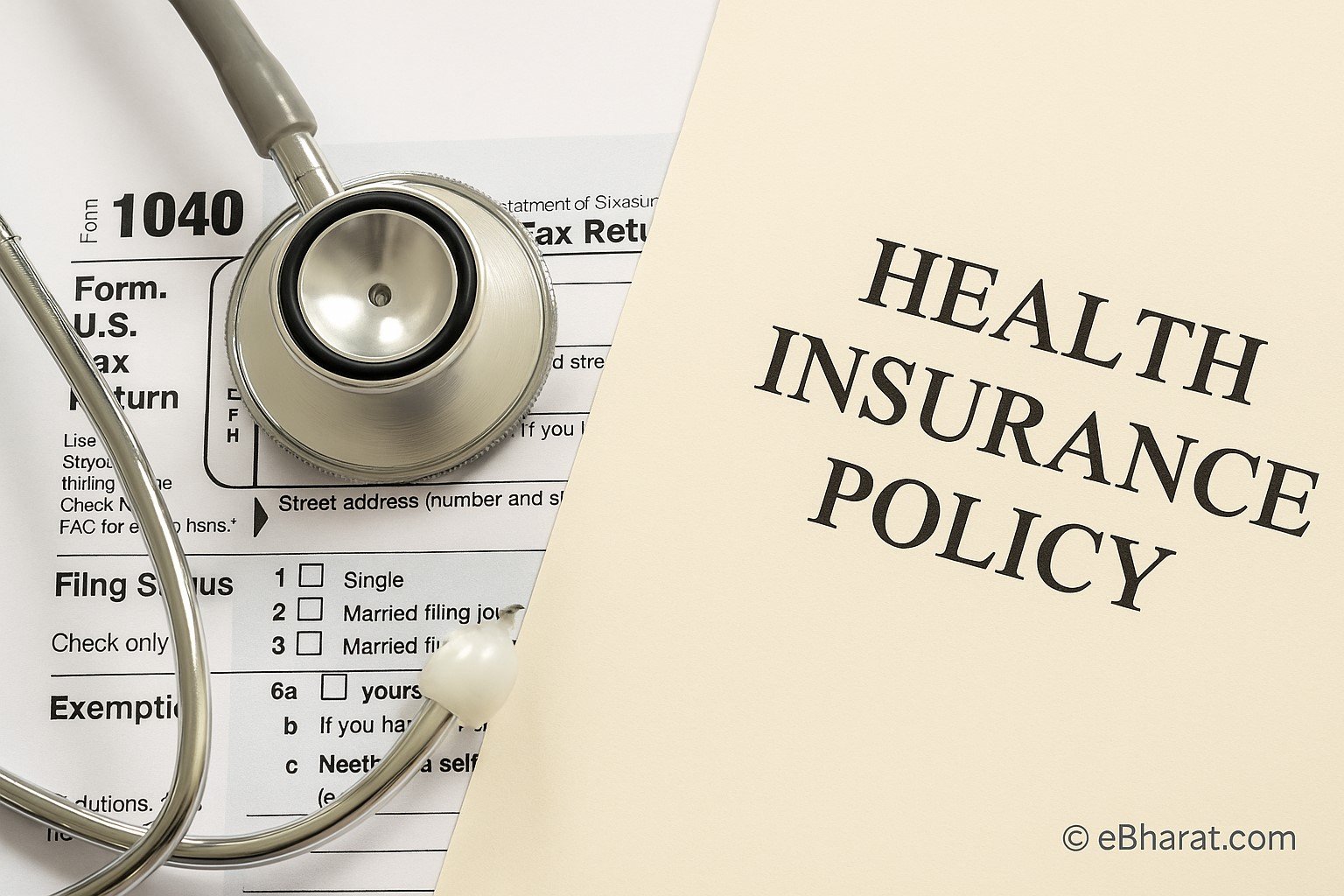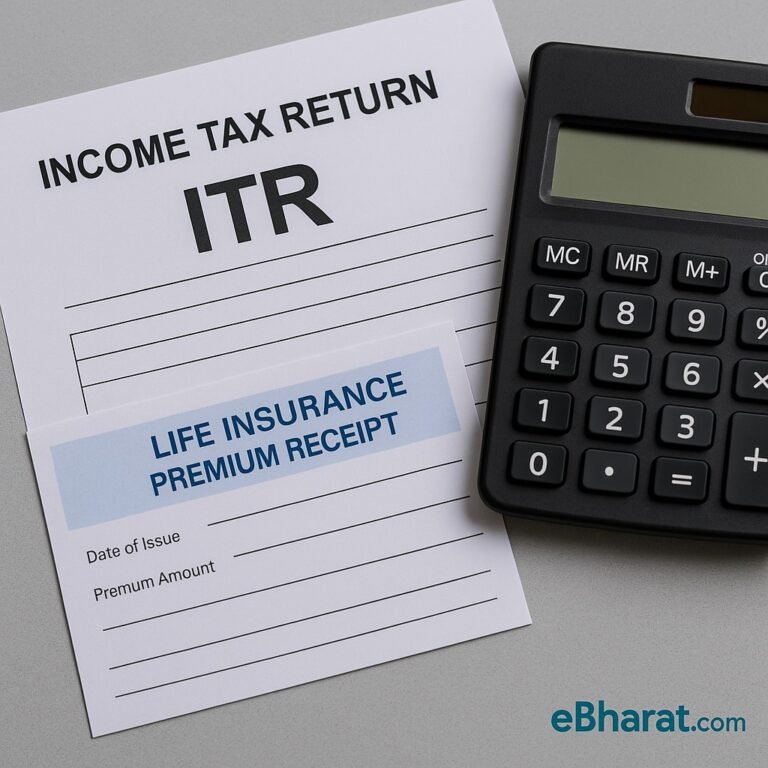
Health insurance isn’t just a safety net for medical expenses — it’s also a smart tax-saving tool. Under the Income Tax Act, you can claim deductions on premiums paid for yourself, your family, and even your parents.
In 2025, with medical costs rising and more families taking health cover, knowing exactly which sections apply can help you reduce tax liability while staying protected.
Tax Benefits Under Different Sections
| Section | Who Can Claim | Deduction Limit |
|---|---|---|
| 80D | Individuals & HUFs paying health insurance premiums | ₹25,000 for self, spouse, children; ₹50,000 for senior citizen parents |
| 80DD | Resident individuals/HUFs with a dependent with disability | ₹75,000 (disability 40–79%); ₹1,25,000 (severe disability) |
| 80DDB | Resident individuals/HUFs for treatment of specified diseases | ₹40,000 (below 60 years); ₹1,00,000 (senior citizens) |
Example
Rohit, 35, pays ₹22,000 for his family’s health policy and ₹48,000 for his senior citizen parents’ policy.
- ₹22,000 claimed under 80D (self/family)
- ₹48,000 claimed under 80D (parents, capped at ₹50,000)
Total deduction = ₹70,000
Pro Tips to Maximize Tax Savings
- Pay premiums via banking channels (no cash) to qualify.
- Separate policies for parents to claim the full ₹50,000 senior citizen benefit.
- Include preventive health check-up costs (up to ₹5,000) under 80D limit.
Why It Matters
Using the right sections not only saves tax but also ensures you’re financially protected during medical emergencies.
A good health plan can protect both your health and your tax bill. Share this eBharat.com guide so more people maximize their benefits in 2025.
Internal Links:











